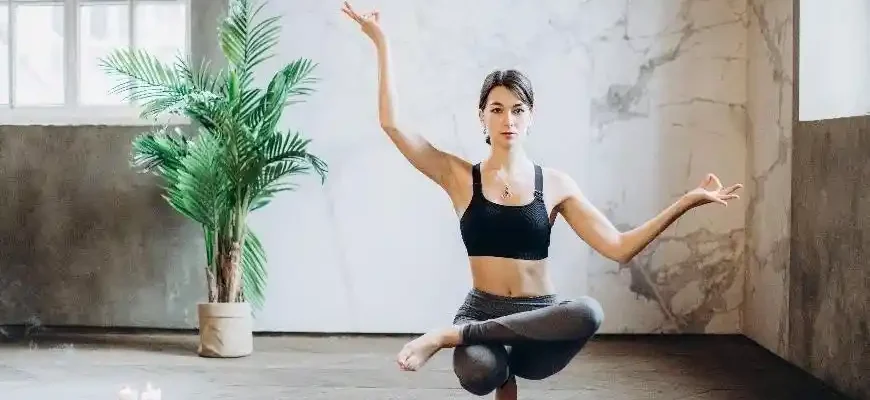Yoga has become a staple in modern wellness routines, but learning the various poses and incorporating them into your life can feel like a daunting task. Whether you’re looking for a way to improve flexibility, relieve stress, or boost strength, understanding yoga poses can take time and patience. But don’t worry! You’re in the right place.
The Basics: Why Yoga Poses Matter
Yoga is not just about bending your body into strange shapes. It’s a practice that integrates the mind, body, and breath. The physical aspect—poses, or asanas—is only one part of yoga, but it’s essential for building strength, flexibility, and balance. Proper alignment and correct technique are key to maximizing the benefits and minimizing the risk of injury.
Types of Yoga Poses
Yoga poses are usually categorized based on their function and how they affect the body. The main categories include:
- Standing Poses: These focus on strengthening the legs, improving balance, and building endurance. Examples: Warrior I, II, and III (Virabhadrasana I, II, III).
- Seated Poses: These are great for improving flexibility, particularly in the hips, legs, and back. Examples: Staff Pose (Dandasana), Seated Forward Fold (Paschimottanasana).
- Backbends: These open up the chest, improve spinal mobility, and boost energy. Examples: Cobra Pose (Bhujangasana), Bridge Pose (Setu Bandhasana), and Wheel Pose (Chakrasana).
- Inversions: These poses involve being upside down and are believed to improve circulation and mental clarity. Examples: Downward Dog (Adho Mukha Svanasana), Shoulder Stand (Salamba Sarvangasana), and Headstand (Sirsasana).
- Restorative Poses: These poses are meant to relax the body and calm the nervous system. They typically involve long holds and minimal movement. Examples: Child’s Pose (Balasana), Corpse Pose (Savasana).
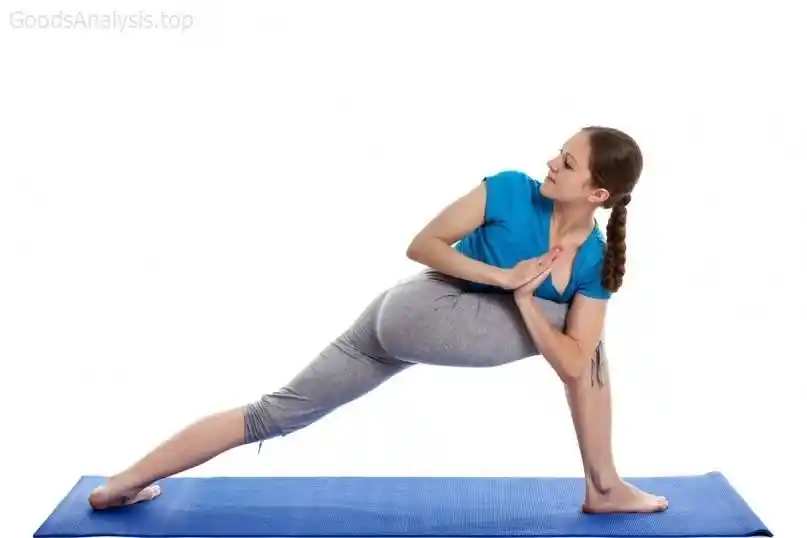
Each pose has a specific intention and purpose. Some are energizing, others are calming, and some aim to heal and restore. The key is to listen to your body and progress at your own pace.
How to Start Learning Yoga Poses
1. Find a Good Instructor
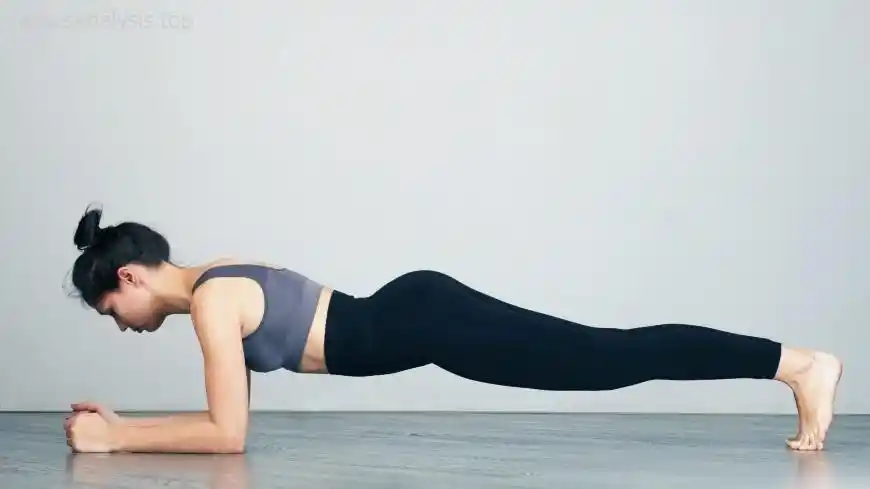
It’s tempting to just watch a YouTube video or follow a mobile app, but having a knowledgeable teacher can make all the difference—especially in the beginning. A certified instructor can provide guidance on alignment, breathing, and modifications to suit your body’s needs. If you’re starting from scratch, look for beginner-friendly classes or workshops.
Tip: In-person classes offer the benefit of feedback on your form. If that’s not possible, consider virtual classes that allow for live interaction.
2. Start with the Basics
You don’t need to start by doing fancy poses like Wheel or Crow. Focus on building a foundation with basic poses like Downward Dog, Child’s Pose, and Mountain Pose (Tadasana). These basic postures not only help you build strength and flexibility but also teach you the fundamentals of alignment and breathwork.
It might feel boring at first, but these poses are crucial! They are the building blocks of more advanced postures.
3. Be Patient and Consistent
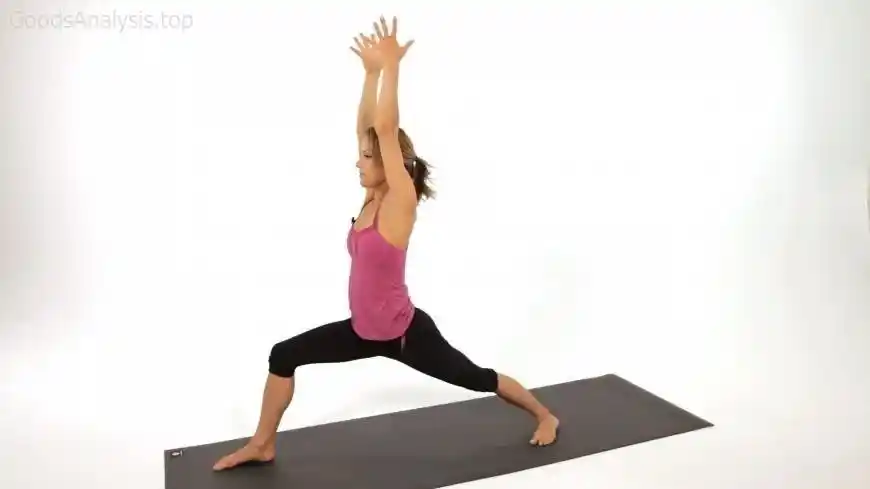
Yoga is not a race. It’s not about getting into the hardest poses as quickly as possible. It’s about finding balance in your body and your life. Regular practice, even if it’s just 10-15 minutes a day, can make a big difference in how you feel. Focus on gradual improvements rather than perfection.
4. Understand Alignment
When you’re learning yoga poses, proper alignment is everything. Misaligned poses can lead to discomfort or injury, so it’s essential to understand the right way to perform each asana. A good instructor will guide you on how to achieve proper alignment. At home, use mirrors or record yourself to check your form.
Important: If you experience pain (not to be confused with normal stretching discomfort), stop the pose and consult a healthcare professional. Yoga should never hurt!
5. Use Props and Modifications
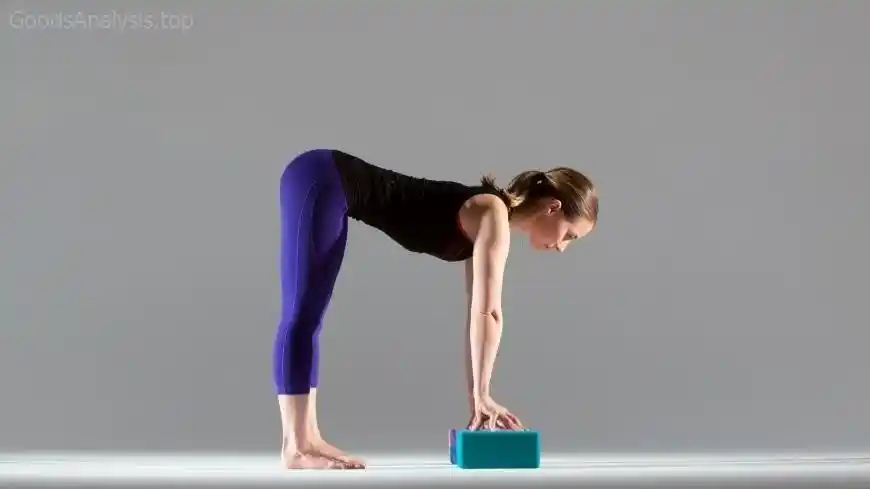
Props like blocks, straps, and blankets can make yoga more accessible, especially for beginners or anyone dealing with physical limitations. These props provide support and help you get deeper into poses with better alignment. If you can’t reach your toes in Forward Fold, use a strap around your feet to gently deepen the stretch.
Pro Tip: If you’re new to yoga or have specific injuries, always ask your instructor about modifications before attempting poses.
6. Learn Breathing Techniques (Pranayama)
Yoga and breath go hand-in-hand. Learning to breathe properly can enhance your practice and bring more benefits, such as increased focus and reduced stress. Breathwork techniques—like Ujjayi Breath (victorious breath) or Nadi Shodhana (alternate nostril breathing)—are essential for guiding you through poses and calming the mind.
Common Mistakes to Avoid
- Overstretching: Pushing yourself too hard, too soon is a surefire way to injure yourself. Flexibility comes with time.
- Holding your breath: This is a mistake even experienced yogis make sometimes! Breathing deeply during each pose enhances relaxation and increases the stretch.
- Not listening to your body: If something doesn’t feel right, stop and modify the pose. Yoga should feel like a good stretch, not a strain.
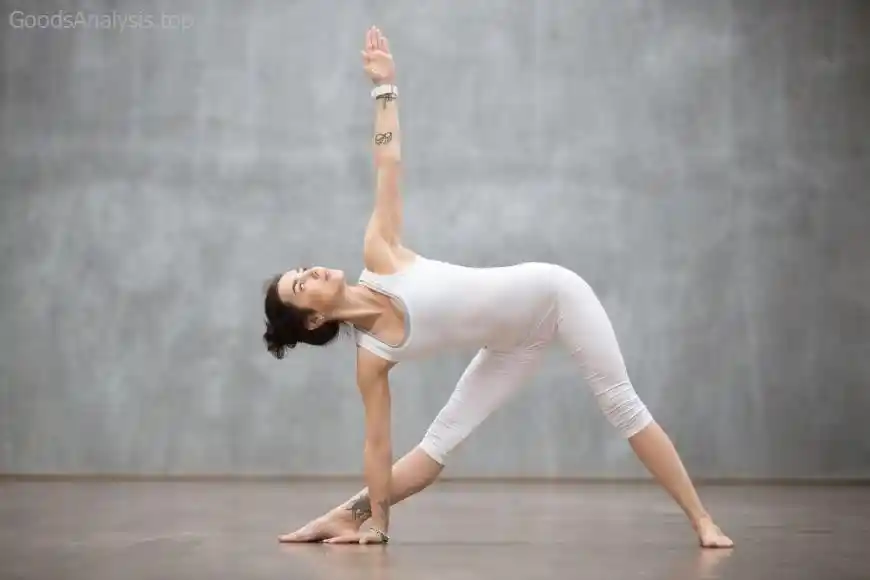
The Science Behind Yoga Poses
Yoga has been extensively studied, and the evidence supports its benefits across various aspects of health. Research shows that regular yoga practice can:
- Increase flexibility – A key benefit for older adults, sedentary workers, and anyone looking to avoid injury.
- Reduce stress – Mindfulness and controlled breathing in yoga can significantly lower levels of cortisol (the stress hormone).
- Improve heart health – Studies suggest that yoga can help lower blood pressure, reduce cholesterol, and improve circulation.
- Enhance mental health – Yoga is associated with reduced symptoms of anxiety, depression, and PTSD.
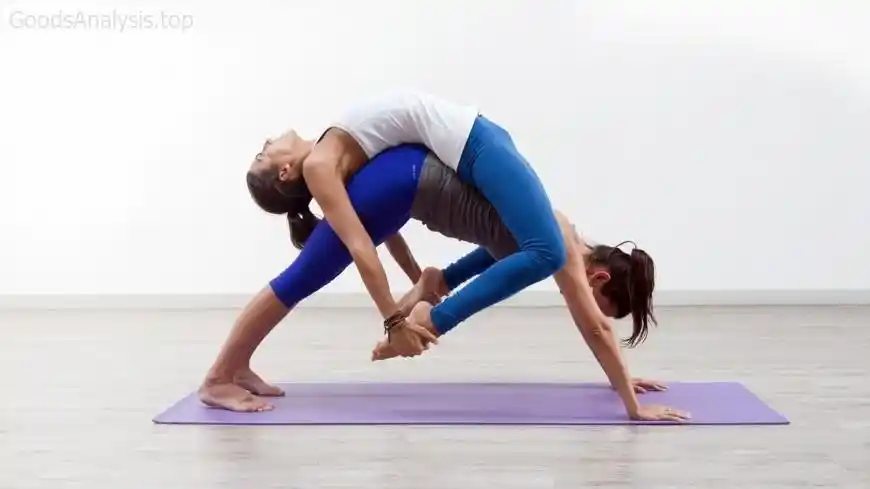
Risks and Precautions
While yoga is generally safe for most people, there are some risks, especially for beginners or those with pre-existing injuries. Certain poses—like inversions and deep backbends—may not be suitable for individuals with neck, back, or shoulder issues. Always consult a healthcare provider if you have concerns or if you’re recovering from an injury.
Yoga Around the World: Opinions on Yoga Poses
Let’s hear from some different people around the world about their experiences with learning yoga poses:
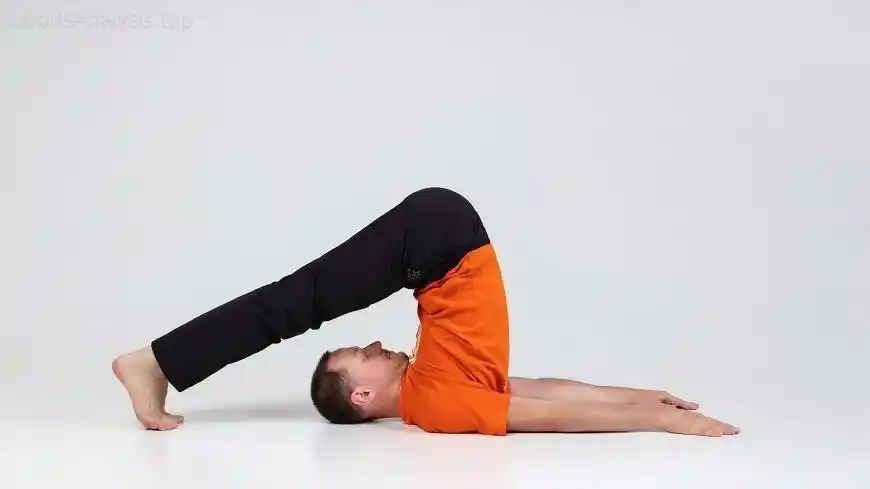
- Sophie, 34, France: “I started yoga in my late 20s to relieve stress, but I never imagined how transformative it would be. Initially, I struggled with basic poses like Downward Dog, but once I started focusing on my breath and aligning my body properly, everything clicked.”
- Marcus, 48, USA: “I’ve been practicing yoga for over a decade, but I still struggle with flexibility. The key is to accept where you are today and not force it. Props help me get into poses without straining my body.”
- Anita, 58, India: “Yoga is part of my culture, but I’ve been practicing it more seriously since my retirement. It’s never too late to start, and I’m amazed at how it’s improved my joint health and energy levels.”
- Marek, 45, Poland: “I tried yoga a few times in the past but always gave up because I couldn’t keep up. This time, I found a teacher who gave me modifications, and now I’m hooked. My back pain has significantly reduced.”
- Liu, 27, China: “Yoga in China is popular, but I’ve always found it hard to get the hang of advanced poses. With online classes and step-by-step guidance, I’m finally getting the hang of it. It’s all about persistence!”
Final Thoughts
Yoga is a lifelong journey. It’s about improving your body, mind, and spirit with consistency and patience. Whether you’re in your 20s or 70s, yoga has something to offer. Start with the basics, listen to your body, and enjoy the ride.
Happy practicing, and remember: don’t rush—your yoga journey is uniquely yours!

